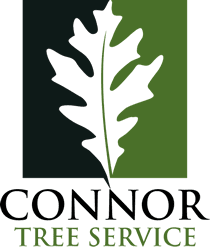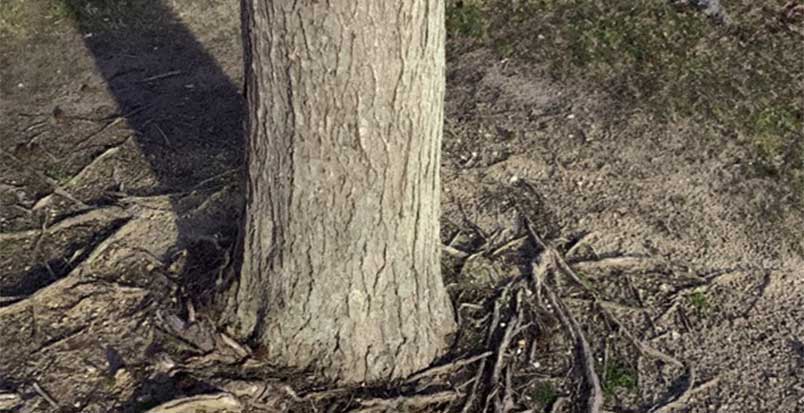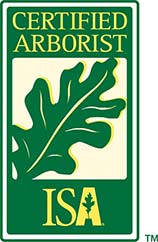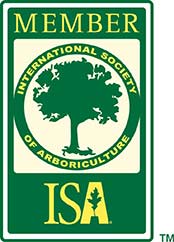Tree planting 101 with Connor Tree Service: Choosing a young tree
Despite the freezing weather we’re experiencing here in the Southeast right now, spring is just around the corner, and it’s one of the best times of the year to plant new trees. While we at Conner Tree Service focus mostly on mature tree service in the Charleston, SC area, we do want to share some tips for proper planting techniques that you may find useful come March and April.
This month, it’s all about choosing a healthy, well-structured container/ball and burlap tree and getting it into the ground. Be sure to read the entire series before planting, as we discuss more important information over the next couple of months.
Blog posts in this series
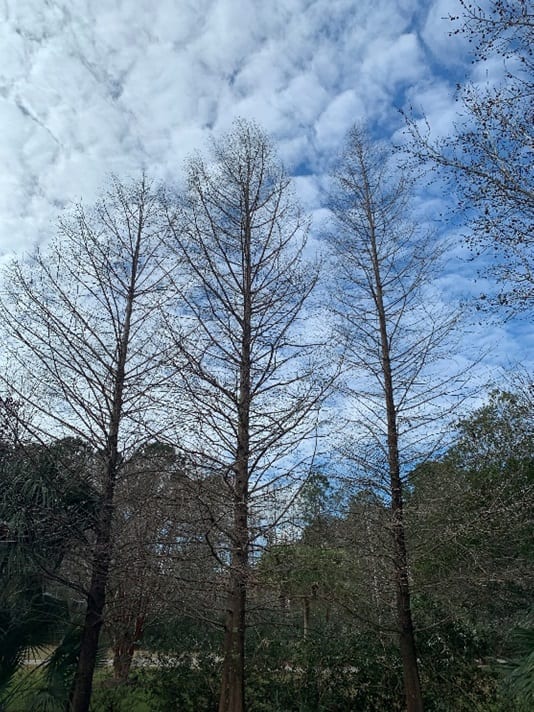
Choosing a tree
Remember these tips when you’re choosing your tree from a local nursery:
- The tree should be absent from scars, broken branches, or any open wounds.
- The branch structure should not contain crossing branches or co-dominant leaders, which inhibits apical dominance. Apical dominance occurs when a single leader stem is present, and it ensures the tree grows vertically.
- Roots should be vigorous and visible when you inspect the root structure. It is important to ask to view the root structure, and a competent nursery will allow you to check out the roots growing in a container.
- If you can’t see roots, the tree isn’t ready for planting and needs more time at the nursery.
- Dense roots that are circling inside of the container indicate lack of potential care or too small of a container.
- If you get a container tree from a nursery and roots are dense and circling, be sure to break these apart strategically prior to planting, as this will prevent further girdling roots and ensure proper root growth.
- If you get a ball and burlap tree, you should pull the burlap and wire back to expose the root flare (excavation of excess dirt may be necessary). This incredibly important step is often overlooked and results in trees’ early demise.
Planting depth
When planting the tree, it is important to identify the root flare, as this will be an indicator for correct planting depth. The root flare is the area at the base of a tree where the trunk transitions from trunk and bark tissues into root system tissues. The depth of hole should be deep enough that the root flare is level with existing soil or just slightly above. This depth will ensure proper root growth.
One of the main culprits for premature tree death or trees that do not flourish is planting too deep. When a tree is planted too deep in the soil and the root flare is buried, the tree will often produce girdling roots to compensate. Tree vigor will also be poor, as oxygen levels will be too low if too much soil covers the roots.
When digging the hole for the tree, keep the following tips in mind:
- Dig only deep enough to ensure proper root flare exposure. It is not recommended to amend soil under root ball.
- The width of hole can be wider than the existing root ball and backfilled with existing soil and soil conditioner such as compost.
- Firmly backfill soil to eliminate potential air pockets. Make sure when backfilling hole that the final layer of dirt doesn’t cover root flare.
Even if you’re hiring a landscape company to plant your tree, it is important that these steps are followed.
Other considerations
Tree staking may be necessary if your new tree will be exposed to wind. Here are a few things to think about with staking:
- Staking should be used temporarily, and three stakes should be sufficient.
- Make sure material used for holding tree in place does not damage trunk. Nurseries will often provide proper stakes.
- Once tree is established—2-4 months depending on the season and time of planting—stakes should be removed.
Watering is important until the plant is established. It is better to provide the root area a slow thorough soaking once or twice a week, rather than frequent quick watering sessions.
The surrounding dirt and root ball area should be moist and not allowed to dry out. Applying a light layer of mulch or pine needles can help ensure the root area stays moist, but remember, do not cover the root flare with mulch.
- Ideal planting times are fall and spring. I would advise against summertime planting unless tree will receive proper watering routinely until established.
- Ball and burlap tree structure should also be inspected (same as explained in container tree section). Often B&B (ball and burlap) trees have root flares covered with several inches of dirt, sometimes greater than 8 inches soil. This is a result of the digging process and wrapping of root ball with wire and burlap.
We hope you have enjoyed this first part of our tree planting series. Please join us next month for lots of great information about choosing the right location for your tree. In March, we will tell you about how to properly care for your growing sapling.
And as always, please give us a call to find out how we can serve you and your trees. Our staff and certified arborists will be happy to speak with you.
